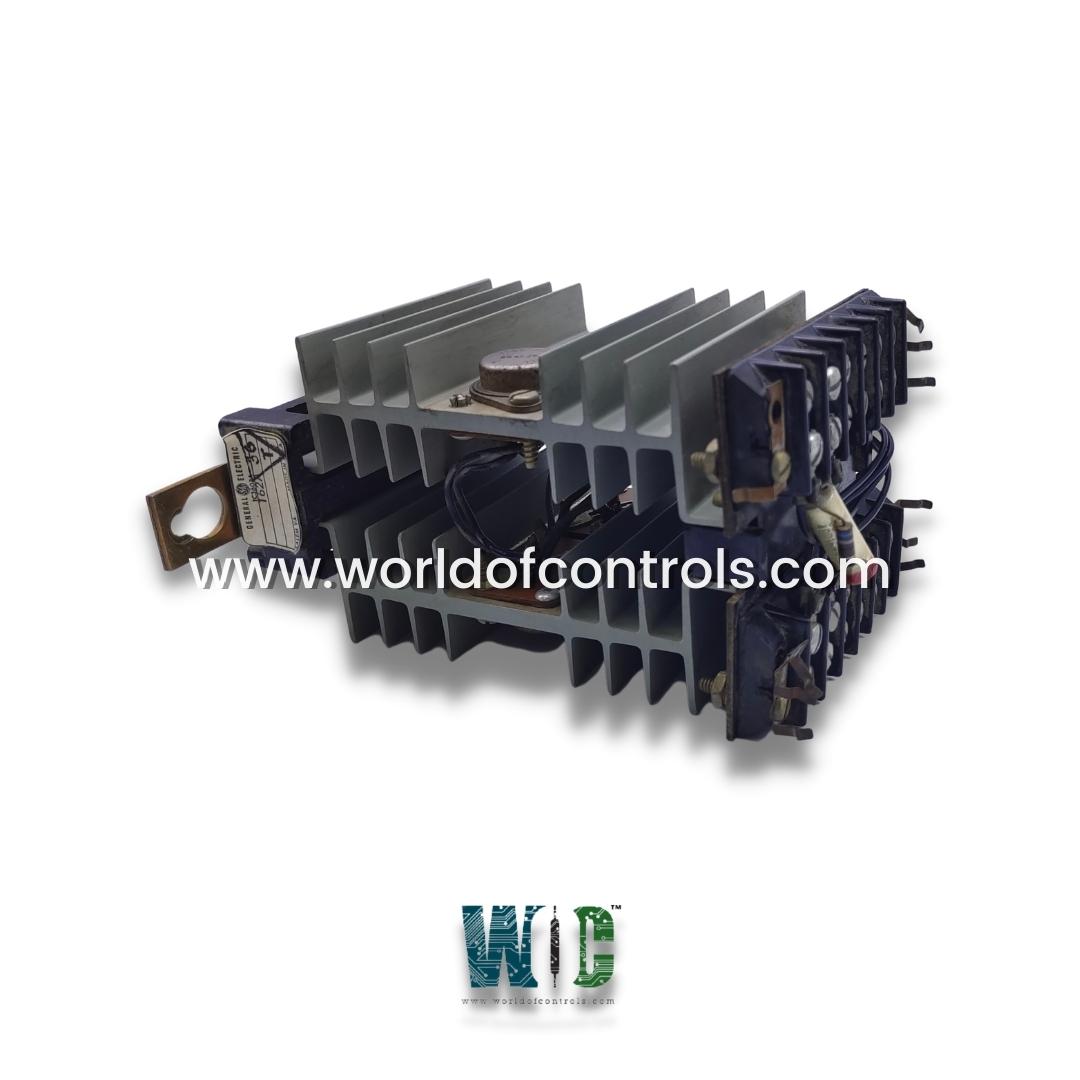
World Of Controls understands the criticality of your requirement and works towards reducing the lead time as much as possible.
IC3603A167A - Heat Sink / Transistor Assembly Module is available in stock which ships the same day.
IC3603A167A - Heat Sink / Transistor Assembly Module comes in UNUSED as well as REBUILT condition.
To avail our best deals for IC3603A167A - Heat Sink / Transistor Assembly Module, contact us and we will get back to you within 24 hours.
SPECIFICATIONS:
Part No: IC3603A167A
Manufacturer: General Electric
Product Type: Heat Sink / Transistor Assembly Module
Series: Mark II
Transistor Type: MOSFET, IGBT, BJT
Power Dissipation: 10W to 500W
Thermal Resistance (RθJC): 0.5°C/W
Max Junction Temperature: 125°C
Operating temperature: -30 to 55 ºC
Power Supply Voltage: 24 V dc
Board Size: 2.8 cm high x 8.6 cm
Weight: 0.45 kg
Availability: In Stock
Country of Origin: USA
FUNCTIONAL DESCRIPTION:
IC3603A167A is a Heat Sink / Transistor Assembly Module manufactured and designed by General Electric as part of the Mark II Series used in GE Speedtronic Control Systems. A Heat Sink / Transistor Assembly Module is an integrated unit combining a power transistor and a heat dissipation mechanism (heat sink) to ensure efficient thermal management in high-power electronic systems. The transistor in this module—typically a MOSFET, IGBT, or BJT—acts as a switching or amplification device. During switching or current regulation, the transistor dissipates electrical energy as heat due to conduction losses and switching losses.
KEY FEATURES OF HEAT SINK TRANSISTOR ASSEMBLY:
MEASURING HEATSINK THERMAL RESISTANCE:
The most accurate way to determine the thermal resistance of an unknown heatsink is to measure it. The exercise is not trivial, though, since you will require a large metal-clad resistor having a good flat bottom surface (or you can use transistors), a contact thermometer (a conventional alcohol in glass thermometer cannot be used), and a suitable low-voltage, high-current power supply. If you have a large number of heatsinks to test, it may be worthwhile to build a dedicated test unit, however, this is unlikely for most home constructors.
The heatsink under test must be set up as closely as possible to the way it will be used. There is no point testing a sink just lying on the workbench (for example), as the results will be way off. If a heavy chassis is planned, then attach the heatsink to the chassis or a reasonable facsimile thereof. Ensure that the heating system is in the best possible thermal contact with the heatsink. Thermal compound is essential, and do not use any insulators.
WOC has the largest stock of OEM Replacement Parts for GE Speedtronic Gas Turbine Control Systems. We can also repair your faulty boards and supply unused and rebuilt boards backed up with a warranty. Our team of experts is available around the clock to support your OEM needs. Our team of experts at WOC is happy to assist you with any of your automation requirements. For pricing and availability on parts and repairs, kindly contact our team by phone or email.
What is a Heat Sink / Transistor Assembly Module?
A Heat Sink / Transistor Assembly Module is a combined unit consisting of a power transistor (such as a MOSFET, IGBT, or BJT) and a heat sink designed to dissipate the heat generated by the transistor during operation. This module ensures that the transistor remains within its safe operating temperature range, preventing overheating and potential damage.
Why is thermal management important for transistors?
Thermal management is critical for transistors because excessive heat can cause damage, reduce efficiency, or lead to failure. Transistors dissipate energy in the form of heat during switching or amplification processes, and if this heat is not properly managed, it can lead to thermal runaway, where increasing temperature leads to further heat generation and eventual device destruction.
How does the heat sink work with the transistor?
The heat sink acts as a heat dissipation mechanism that draws heat away from the transistor’s case. The heat is conducted through the heat sink's material (often aluminum or copper) and dissipated into the surrounding air, typically through convection. The heat sink is designed with increased surface area (via fins or pins) to maximize the area available for heat transfer.